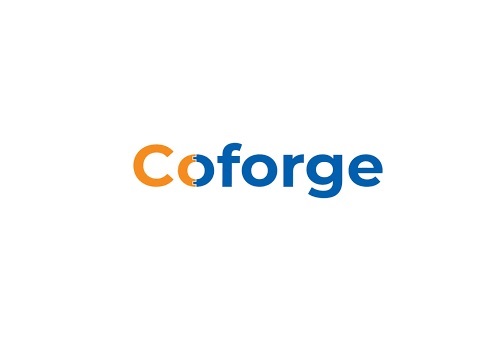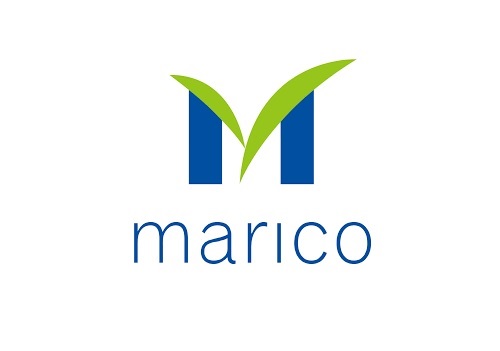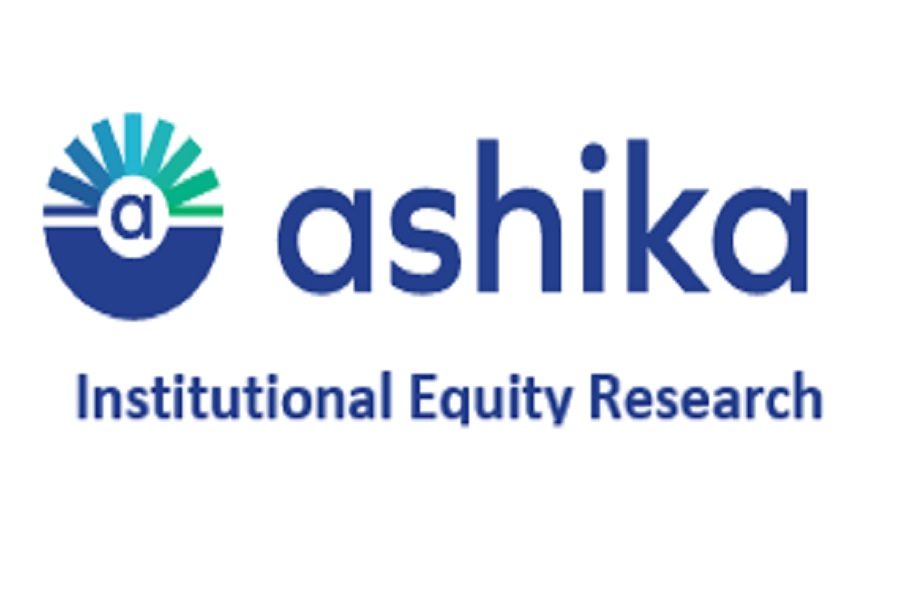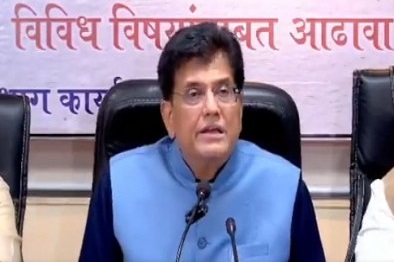Banking Sector Update : FinShift 3.0: Focus shifting towards profitable growth, while managing regulatory compliance By Emkay Global Financial Services

FinShift 3.0: Focus shifting towards profitable growth, while managing regulatory compliance
We hosted fintech players from different genres, including payment, lending, broking/WM, collections, account aggregation and neo-banking, to discuss future trends in the Fintech/Digi-Banking space over the next ‘techade’. KTAs from our FinShift Conference Season 3.0 are:
* Payments emerging as an acquisition engine; race-on to turn profitable: Most players believe that the payments juggernaut will continue to roll on at an outstanding pace, with UPI at the forefront, while other payment modes too will co-exist (e.g. Cards), possibly in a different form factor and with an evolved sourcing model. Given the scale, incremental focus on the payments business will be now on turning self-sustainable by reducing cash-burns and crossselling tech-service, loan, insurance and wealth-management products to improve the returns profile. MobiKwik (net), Paytm (operational) and BharatPe (operational) asprire to turn profitable by FY24. The India post-payment bank, too, expects to start clocking profit by year-end, while already profitable Fino Payment banks look to either convert to SFB or seek lending permission within the payment banking framework to scale-up RoEs above 15% in the long run. RBL Cards believes that the asset quality overhang is now largely behind, while improving consumption trends and business disruption of BNPL card players provide a good growth opportunity for card players. Probability of reduction in MDR/Interchange by the RBI remains low, but cannot be completely ruled out.
* Lenders adapting to co-lending/off-B/sheet lending model and portfolio diversification: Fintech lenders increasingly prefer a hybrid model of on-B/sheet portfolio via NBFC as well as an off-B/sheet portfolio either completely sourced for partner bank/NBFC or to co-lend for managing credit/liquidity risk coupled with decent returns on the asset-light B/sheet. Such players (e.g. MobiKwik, BharatPe) are now looking to diversify their products basket ranging from BNPL, PL, merchant/MSME loan and P2P to supply-chain finance, etc.). The recent business disruption for card-based BNPL players due to regulatory intervention and higher cash-burn/losses at independent App-based BNPL players should compel them to revise their business models or to form a merger (say Zestmoney with PhonePe, Affirm with Stripe). Digi-collection player Creditas indicated that some stress has been seen in early buckets and thus lenders need to keep a watch-out for their portfolios.
* A/c aggregator, though saw a slow start, is now ready to run; neo-banks aim for larger growth canvas: Sahamati (NGO to support the a/c aggregator concept) concedes that the a/c aggregator ecosystem has taken time to grow due to technical/regulatory hurdles, Covid disruption and slow acceptance among FIPs. However, it is now steadily gaining pace, with onboarding of ~26 FIPs, including all major banks, and will get a boost from the recent induction of GSTN. Onboarding of telecom and insurance players remains work-in-progress. The recent rush by players to seek licence as AA service providers also indicates the potential huge transaction-flow and, thus, fee opportunity in the business. Jupiter money is predominantly engaged in CASA origination for Federal Bank and cross-selling wealth management products aims to increase the product basket/banking partners and would be keen to acquire a digital banking licence, if available similar to other countries.
* Fintechs now eye disrupting the exploding wealth-management space: Zerodha has already disrupted the broking space, claiming the top spot, but expects some normalization going ahead, in terms of customer onboarding/volumes. Thus, it is now diversifying into the MF business, loan against shares and content platform via Finshots. The new destination for fintechs, after payments/lending/broking, is wealth management, which it aims to explore aided by AI/ML tools, as it offers huge growth potential given the wealth effect and customer realization over the past few years. Apart from the existing independent Robo-advisory fintechs, tech-based alternate investment platforms and Insuretechs, even payment companies and digi-brokers are entering this space with ambitious plans.
* Innovation, adaptability, governance, regulatory compliance a must to survive & thrive over next techade: After the growth rush and building scale in the past few years, fintechs are now fast realizing that the key to survive & thrive will be continuous ‘finnovation’, collaborating/colending/consolidating, focus on profitable growth and diversifying revenue streams (via crossselling loans, sachet-ized MF/insurance products, WM), while avoiding regulatory conflicts, more so with the RBI. Recent incidents with BNPL-based card players and even large payment companies facing regulatory scrutiny suggest that unbridled growth while disregarding regulatory protocol will be firmly dealt with by the RBI. Governance is another important aspect which we believe has hurt players, in terms of both, business and valuations, and would call for regulatory intervention, if not dealt with voluntarily. Fintech valuations across the globe have taken a huge beating with the fad around growth coming off and investors asking “show me the path to profitability and sustainability”, rightly so in our view. Large banks too are heavily investing in technology and partnerships, to transform into banktechs, which we believe will be essential for their survival. Thus, within our coverage universe, ICICI remains the top pick among PVBs and SBI amoung PSBs,given their tech-edge over peers and unwavering focus on profatibility.
To Read Complete Report & Disclaimer Click Here
For More Emkay Global Financial Services Ltd Disclaimer http://www.emkayglobal.com/Uploads/disclaimer.pdf & SEBI Registration number is INH000000354
Above views are of the author and not of the website kindly read disclaimer










Tag News
More News

Cement Sector Update : Additional levy on mineral-bearing land in Tamil Nadu By JM Financi...









